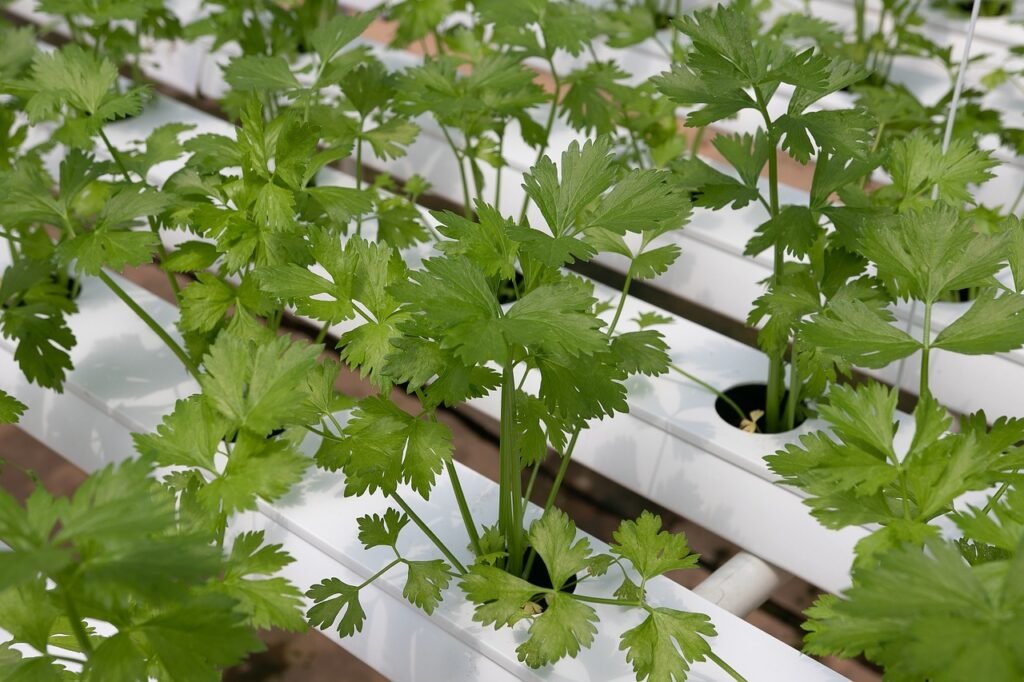Understanding in detail

Let us talk about another possible solution that is related to the farming sector. There are many irrigation techniques applied by farmers, but drip irrigation is the most practical among them. It is advanced agriculture irrigation and watering system directly applied at the base of a plant with excellent control and precision. This method saves not only water, but agricultural productivity also increases. It consists of a few key components.
The main component is the mainline, which is a pipe that allows water from the main source. These waters will then be relayed to sub-mainlines that then feed water into laterals, which are further small pipes. Lateral pipes have drippers or emitters that distribute water directly to the soil at a slow and controlled rate. Hence they ensure that water delivered will have been targeted effectively to the respective root zones without considerable losses through runoff or evaporation.
Drip irrigation has more advantages compared to the traditional irrigation methods like flood or sprinkler systems. For example, it saves a lot of water due to wastage. In the case of flood irrigation, a lot of water can evaporate and run off before even reaching the plants. Sprinkler systems are better than flood irrigation but suffer losses through wind drift and evaporation. Drip irrigation manages to administer water on precise spots hence minimizing such losses.
Also, it improves nutrient management. Direct application of water to the root system of the plants reduces leaching of nutrients in the soil while maximizing the uptake of water by the plants. Since the localized watering system serves to provide perfect conditions for growth, plant productivity is healthier and higher. Lower runoff of water and nutrients also decrease the problem of environmental pollution, illustrating how drip irrigation may be an eco-friendly solution.
Altogether, drip irrigation makes it a feasible option for modern agriculture. Issues such as conserving water and making the delivery of nutrients effective can be solved through this technology, which could play a more significant role in assisting India’s agricultural sector as climate change presents the country with ongoing challenges.
Benefits of Drip Irrigation in the Indian Context
- Of all the issues faced by Indian agriculture today, water scarcity is one of the most serious concerns. The monsoons themselves are unpredictable, droughts happen regularly, and the ground water levels deplete quickly. Indian farmers frequently find it difficult to adapt to this water. Therefore, drip irrigation is such a solution to conquer these particular challenges and proves to be a sustainable method of managing water.
- Drip irrigation systems reduce loss due to evaporation and runoff since water directly reaches the roots of the plants. It is very much important in the arid and semi-arid regions of India, since the quantity of water can be optimized such that both water and soil will be conserved. Drip irrigation systems also make possible the adjustment of levels of water according to needs in varying climatic conditions within different regions of India.
- The economic benefits of drip irrigation are numerous. The techniques used in conventional irrigation such as flood or furrow irrigation happen to be labor intensive and inefficient. Drip irrigation is comparatively a very minimum application of labor, thus saving much on labor costs as the farmers can then use their precious time well. This increase in yields of crops since the plants have a regular supply of the right amount of water hence healthier and productive crops.
- The favorable impacts on agricultural productivity also have good prospects of boosting the rural economy. Higher and more constant yields will help farmers get better market prices on their produce. Thereby, it will increase the overall income from the produce in general, to make investments in further improvements in farming. This, in turn, promote community development, create job opportunities, and contribute to India’s goal of sustainable agricultural growth.
Hence, drip irrigation can significantly overcome the water management issues of India. From efficient water usage to labor-saving and increased agricultural productivity, drip irrigation may transform Indian agriculture and enable farmers to opt for more resilient and sustainable practices.
Steps to Implement Drip Irrigation in India
Drip irrigation in agricultural practices calls for careful planning to ensure efficiency and proper water management. Here is the step-by-step guide on how to implement the drip irrigation system:
Soil Assessment and Crop Selection
The first step will involve the analysis of the soil type and quality, since different soils have different water retention capabilities, which will dictate the success of a drip system. There should be a choice of crops based on those that will most benefit through using a drip irrigation system, such as fruits, vegetables, and specific cash crops.
Design and Planning
This is followed by the design stage where an appropriate drip irrigation system must be selected considering the needs of the farmer. The plant layout should indicate whether it is to be a surface or subsurface system. It must consider the size of the farm, crop type, and source of water. Much care has to be taken so that all details regarding the main pipelines, sub-pipelines, emitters, and fittings are specified in the blueprint.
Installation Process
The installation primarily involves the setup of the main and sub pipelines. The main pipeline is designed to distribute water from the source to all parts of the field. It extends with the sub-pipeline off the main line to ensure that every crop is watered. The emitters or drippers are placed directly to the roots to cause as little waste as possible in terms of direct absorption of water.
Regular Maintenance
Proper maintenance is needed for the longevity as well as efficiency of drip irrigation systems. There must be routine checks on clogging, which may be caused either by silt or algal growth. Check if the emitters function efficiently with equal distribution of water. This enables water to reach all crops and supports uniform growth. Periodic flushing of systems might also clear the clogging problem.
Government Schemes and Subsidies
Indian governments have various schemes and subsidies for enhancing the use of drip irrigation. Few examples include Pradhan Mantri Krishi Sinchai Yojana (PMKSY) that provides funding incentives to adopt efficient irrigation systems. Such benefits can reduce the cost initially and promote the technology in sustainable agriculture.
In conclusion, proper planning, proper installation, and regular maintenance, with the government support, make implementing drip irrigation a beneficial approach for Indian farmers.

Drip Irrigation as a Tool against Climate Change
- One of the most important ways that Indian agriculture can address climate change is using drip irrigation. Not only does it save water, but its use hugely reduces the carbon footprint related to agriculture. Energy consumption for pumping water takes place in traditional irrigation systems, whereas in drip systems, water is being fed directly to the plant’s roots, thus reducing energy consumption and total efficiency.
- This also helps reduce the overuse of fertilizers, which is most common with the traditional irrigation method. Because water can be supplied in controlled and precise amounts, nutrients can be given straight to the plants with correct quantities, hence giving healthier crops as well as reducing fertilizer runoff into nearby water bodies. This actually promotes sustainable farming. It safeguards vital ecosystems away from contamination.
- Several case studies successfully illustrate the benefits of drip irrigation. For example, research conducted in Maharashtra showed water usage levels to be reduced by 40% and energy usage reduced by 20% in farms using drip irrigation. Another study in Gujarat reported crop yields in people who actually employed drip systems rose up to 30%, with a 50% reduction in fertilizer usage.
- If drip integration is taken at a mass level, then it can significantly contribute to climate resilience in Indian agriculture. Increasingly erratic weathers are forcing farmers to seek resilient water supplies for sustaining agriculture productivity. Thus, when it comes to helping farmers cope with changing climatic conditions, drip irrigation systems play a huge role in ensuring food security in the long run.
- Thus, we see the connection between drip irrigation and climate change effects reduction. Thus, drip irrigation in India supports both environmental sustainability and agricultural resilience by reducing water and energy usage and limiting fertilizer overuse. Embracing it on a larger scale could transform India’s agricultural landscape, making it against the adverse impacts of climate change.
Thus, will you choose a sustainable method of irrigation? Do share your thoughts by commenting below.






